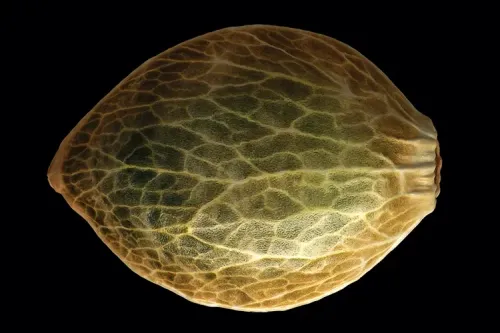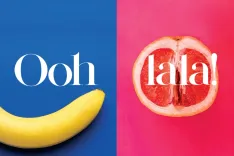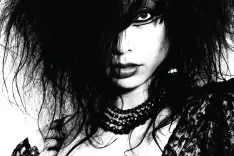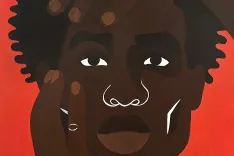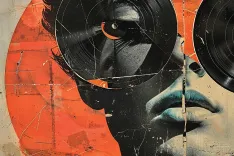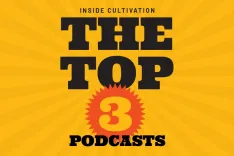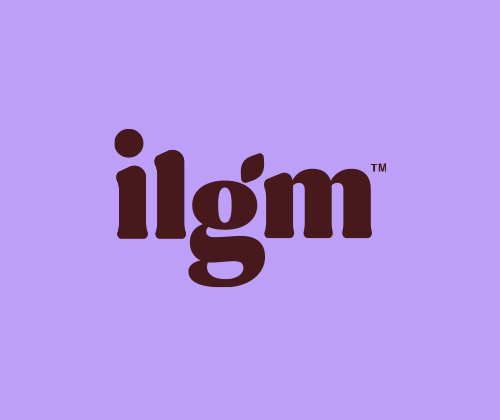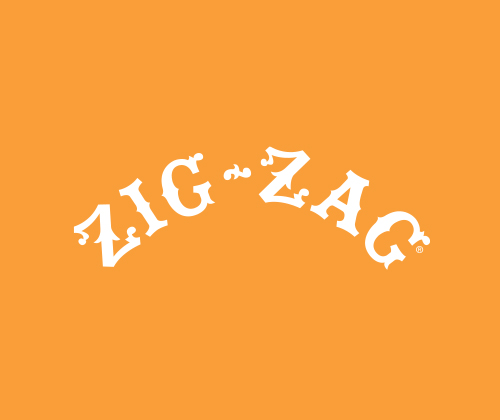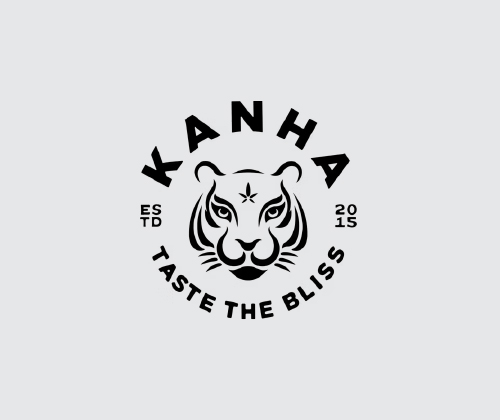"Blue Dream got me through chemo."
Written By: DAWN HESCH
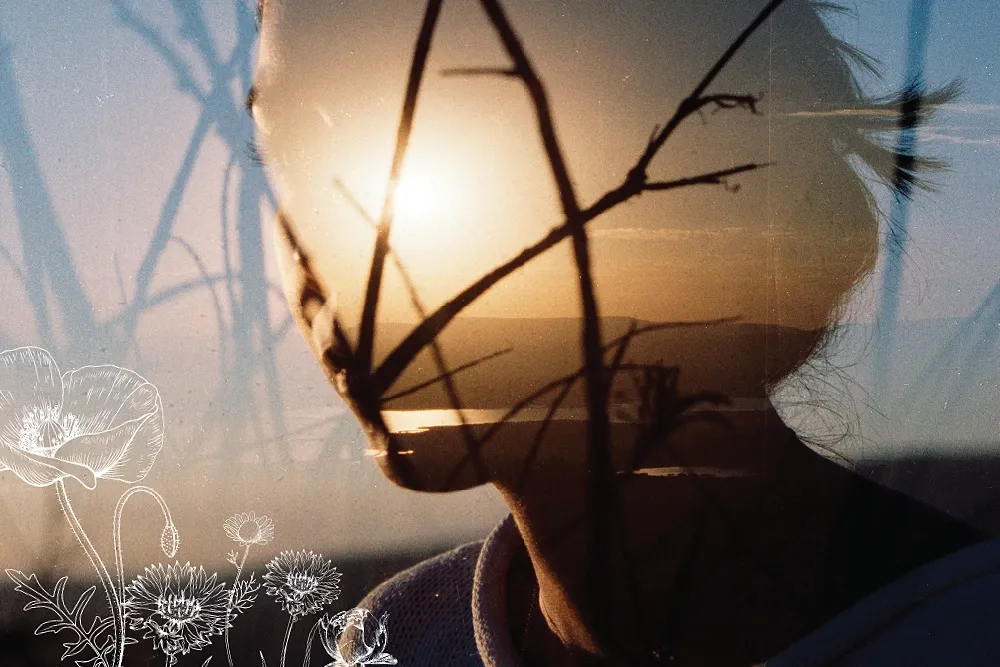
Cancer makes you look at everything differently.
Sara Payan survived it. And after experiencing how profound cannabis was to her healing, she’s all in. Now, Sara is a cannabis educator, speaker, writer, and advocate. She advocates for legalization and teaches others how to use cannabis as a tool to reduce suffering. Because, for people of the roughly two million this year who will be told they have cancer, there’s a good chance it will be an important consideration in their journey, too.
Every journey with cancer is singular. For many, no other disease is as indiscriminate, all-consuming, and baseline-terrifying. And even when it’s over, it persists.
When Sara was 37, she endured weeks thinking she had food poisoning or food sensitivities, even told by one doctor not to worry, it was IBS (Irritable Bowel Syndrome). The night before a colonoscopy, prepping with the requisite regimen, she found herself writhing in pain on the floor, vomiting for eight hours straight. They would come to find, the next day, a lemon-sized tumor completely obstructing her bowel. Mystery half solved.
Then she learned her diagnosis: stage three. For most cancers, there are only four stages. She couldn’t believe it, and at the same time, knew it would take everything she had to get through it. She was lucky, the doctor reminded her. She was young and resilient, and colon cancer was more survivable than most. Three months after diagnosis, her colon was resectioned, they removed the tumor, harvested 24 lymph nodes, and when that was done, Sara began the first of what would become 11 rounds of chemo. Two of which would send her into anaphylactic shock and to the brink of death. The doctor showed her the flatline printout to prove it. For Sara, through the roller coaster ride called cancer, she made the decision early on that she was going to fight this in every way she could.
“I was always very much about other people.” She knew that her pattern of not taking care of her own needs would need to stop, fast. You learn a lot of new things when you’re diagnosed with cancer. “One thing is that when something really good or something really bad happens to you, people show up as they are. And sometimes it’s really fucked up.” She knew it wasn’t about her. One friend was angry that Sara’s first day of chemo happened on her birthday. It was her roommate, who had recently lost her own mother to breast cancer. Sara describes cancer as “a time when everything you’ve pushed inside your whole life kind of comes out to play. It’s humbling.” Sara got pragmatic real quick.
“For me, I was watching a lot of funny movies and smoking because one of the things they talk about with survival is remaining positive.” For many people, “cannabis can stimulate that... using it mindfully as a tool really helped me remain positive, grounded, and de-stressed.”

Cannabis in 2011 was a different game. Edibles were inconsistent, and gummies were not omnipresent. So Sara mostly smoked weed and describes taking a couple of hits multiple times a day, especially during treatment. “I’d smoke before I would eat, I would smoke to get to sleep, to relax, definitely three to four times a day.” She got a Volcano (an odd-looking contraption, now eclipsed by Stündenglass) because she had heard it was easier on her lungs. “Most of the time, (to feel better) I would use a really balanced hybrid Blue Dream. So when people knock Blue Dream, I’m like, ‘Yo, Blue Dream got me through chemo!’” But as far as variety: beverages, edibles, tinctures, salves, bath bombs, and the host of other options we now enjoy, at the time, Sara had little choice.
After surgery, “they put me on Vicodin. I was only on it for like two weeks.” But when she didn’t feel right, and the severe constipation of Vicodin felt antithetical, she decided to stop. Later, doctors prescribed Zofran for nausea, which was also constipating. Sara was trying to heal from colon cancer! These drugs were as damaging as they were helpful. And highly addictive.
After only two weeks on Vicodin, she was dealing with the first stages of withdrawal: restless legs, sleeplessness, feeling like her skin was crawling. There was also the consistent pain from her recent colon surgery. She kept a pillow tied around her waist and held it tight to mitigate the pain of a random cough or sneeze. A constant achiness made it impossible to relax. And then also, extreme nausea from chemo. For Sara, with cannabis, “all of these symptoms became manageable.”
The chemo for Sara caused neuropathy: her eyes would spasm with a cold breeze, with a breath of cold air, it felt like a heart attack...
After years of normalization in the media and being reminded of its medicinal properties, society and the medical community at large support the idea that cannabis is a helpful drug for use with cancer patients. A recent study published in Health Economics found that after the legalization of recreational cannabis, small-group insurance saw “significant” reductions in prescription drug claims. It helps stimulate hunger and sleep, lessens pain and anxiety, and calms nausea. All of the omnipresent and reality-ruining symptoms associated with treatment and, of course, cancer itself.
Sara explains, “Chemotherapy goes after rapidly dividing cells, which is why we lose our hair. It’s why a lot of people experience GI distress, diarrhea, and cramping. And our mouths, the mucous membranes, we get sores and redness.” Every cancer is different, as are the variety of chemotherapies. The chemo for Sara caused neuropathy: her eyes would spasm with a cold breeze, with a breath of cold air, it felt like a heart attack, walking barefoot was like walking on coals, she used gloves to pull things from the refrigerator because the cold on her hands burned.
There is no cure for cancer. And cannabis is not a cure. But it’s difficult not to call cannabis a miracle drug for a massive range of symptoms that Sara was trying to survive.
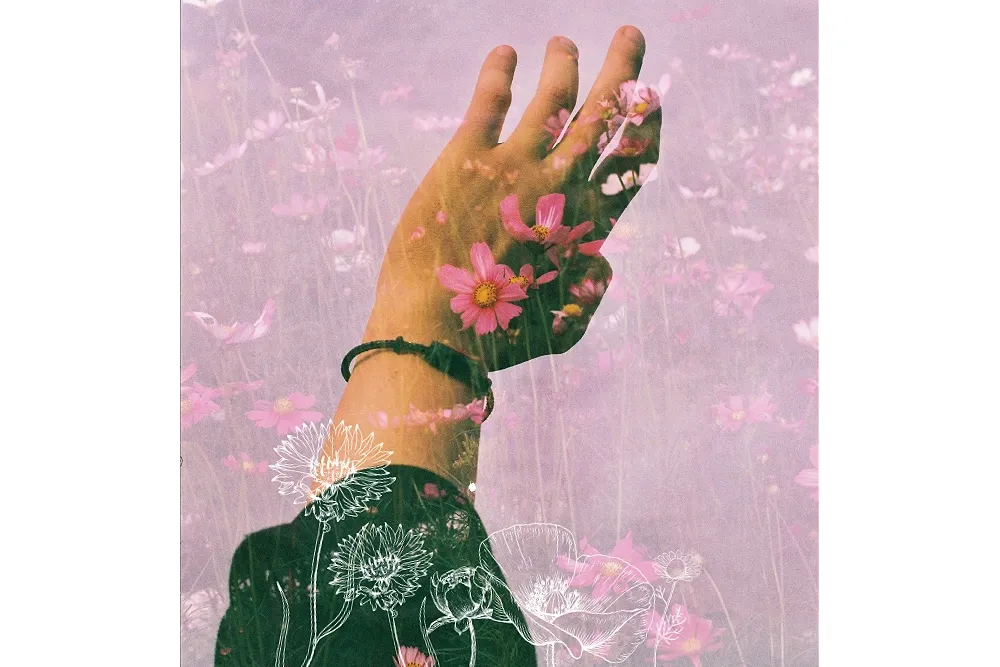
Now, Sara’s cancer is gone, and she helps others navigate their best options based on their specific needs and challenges. As a consultant, she can provide recommendations that patients can then discuss with their doctor to determine the best path forward. But, after working with thousands of people, she’s learned: there is no one-size-fits-all solution in cannabis. “Just as there are all kinds of cancer and chemo, there are also all kinds of cannabis.” And then, each person’s cannabinoid system has the potential to react differently to one strain over the next.
She recommends trying various things and keeping a detailed journal, “to record the time you took the product, what it was, how much of it you took, the THC, cannabinoid, and terpene percentages, how long the effects lasted, what you liked about it, and what you didn’t like about it,” in search of fine-tuning your own specific go-tos. Some strains of cannabis are recommended for specific kinds of cancer, especially estrogen-based cancers in women. Sara advises steering towards high CBD to THC ratios as the most therapeutic for pain. The percentage of cannabinoids and terpenes offers important insight into the effects that are so unique to each strain, as well as to each person. And sometimes people will need to try cannabis a couple of times to feel anything at all. Sara asks, “What’s your lifestyle?” and “What’s your experience and expectation?” There are many things to try.
“One of my biggest fears was getting physically sick, because I already felt like crap.” So the weeks during treatment, Sara was sure to be stocked with what worked for her and to take a liberal supply to keep her bloodstream flowing with the helpful effects. She shares what she’s found most effective over time (see sidebars). And for the past six years, she has hosted a vibrant and informative podcast (PlantedWithSara.com) that addresses the realities of cannabis in a medically legal society, as well as dozens of other cannabis-related topics. She trains budtenders working in the field on how to respond compassionately, as well as healthcare professionals at UCSF and Kaiser Permanente.
But, the ability to feel as good as possible, both mentally and physically, is crucial to that process.
There were times during her healing process when Sara would think to herself, “nothing makes sense right now.” Cancer is a limbo time where waiting and seeing are a challenging necessity. But, the ability to feel as good as possible, both mentally and physically, is crucial to that process. For Sara, the relief she felt from cannabis on this journey “not only got me through cancer, it got me to my heart’s work. I chose a field that my family would have thought I was nuts to go into, but I love it.” And she adds with her typical dry sense of humor, “I didn’t almost die twice to live a shit life. You know, all this came from being able to have the privilege of surviving... I’m incredibly greedy, I want all 24 hours of my day to matter.”
For more info about Sara Payan, visit SaraPayan.com
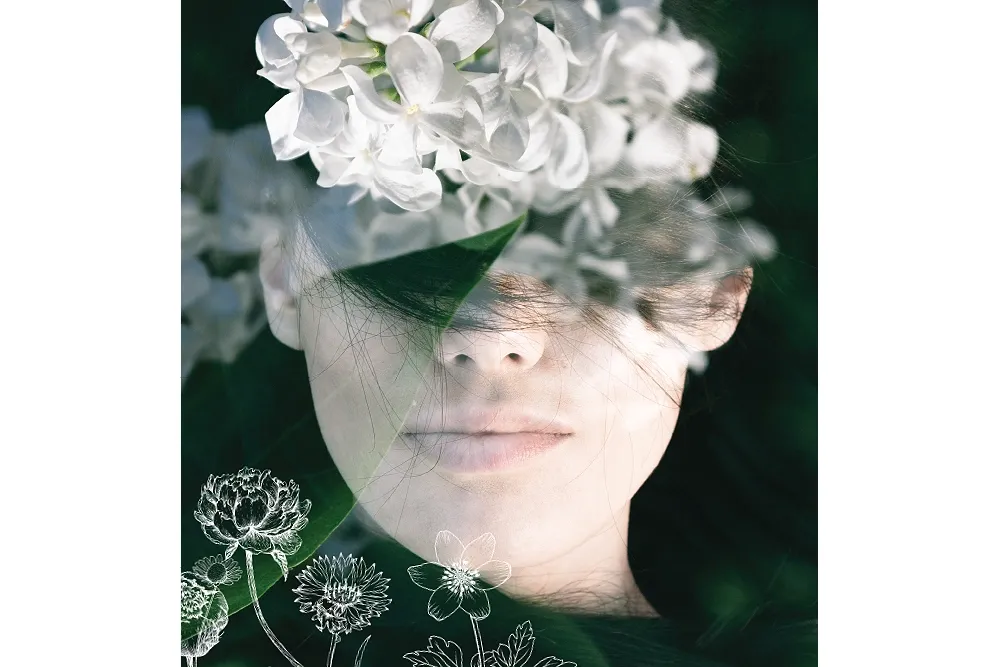
Fine Tune
Experiment with different cannabis products and keep a journal. Track doses, effects, and feelings—so you can discover what truly brings you comfort and relief.
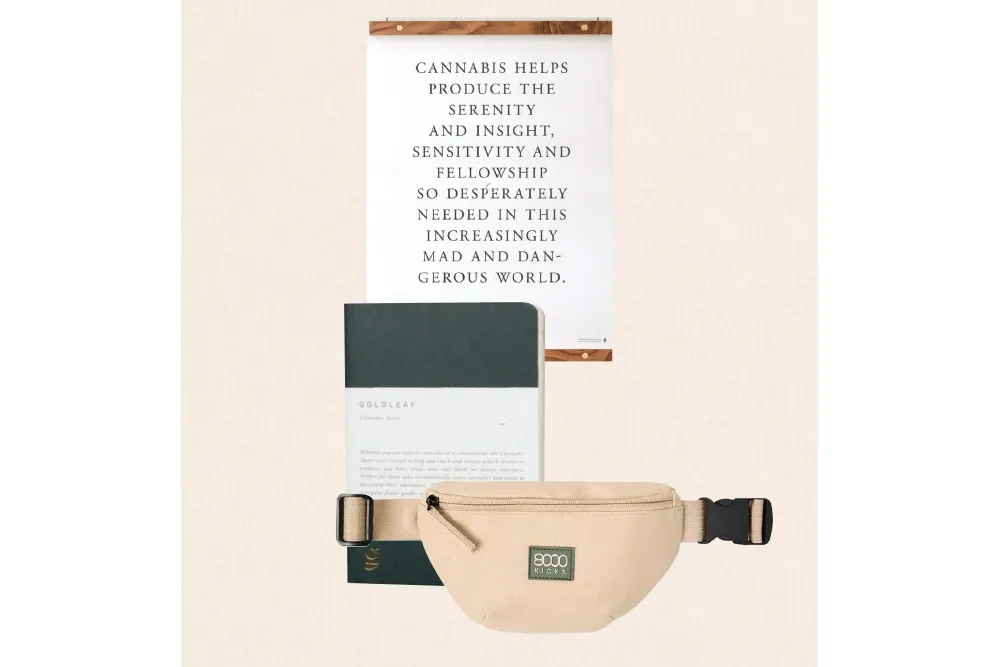
The Goldleaf Tasting Journal is my go-to and the one I often recommend in my classes—it’s thoughtfully designed and really elevates the experience for consumers. ShopGoldleaf.com
8000 Kicks Their gear is waterproof, made from hemp, and built for adventure—I use their Nomad backpack and Chelsea boots constantly when I’m on the road. 8000Kicks.com
My Favorite Things
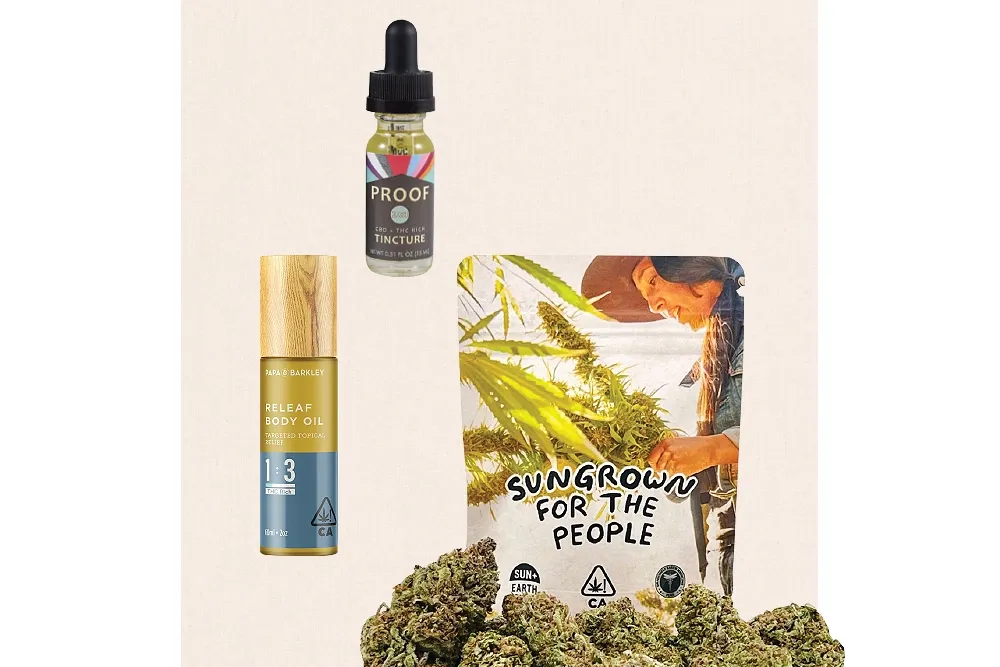
Proof’s Tincture I love the thoughtful cannabinoid ratio and how versatile it is for both daytime and evening use. Great for pain relief and stress management with clarity. ProofCannabis.com
Papa & Barkley’s Releaf Body Oil It’s deeply nourishing and great for both relaxation and pain relief. I used lymphatic massage during my cancer journey, and this soothing oil would be a great addition to any bodywork regimen. PapaAndBarkleyHemp.com
Moon Made Farms’ Cherry Moon Regenerative, sun-grown, and a beautiful expression of Humboldt terroir. Tina Gordon is an amazing cultivator, and this flower is great for relaxation and appetite without getting you so high that you’re clinging to the ceiling. MoonMadeFarms.com


